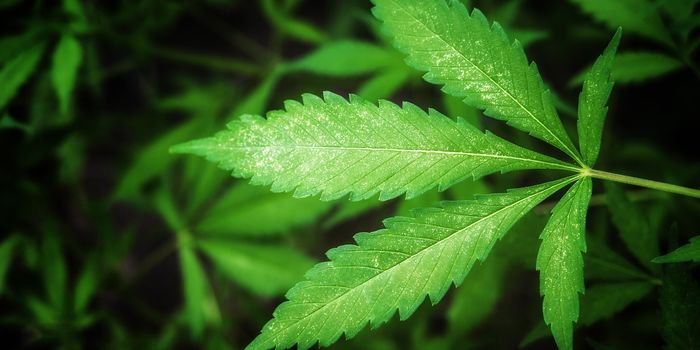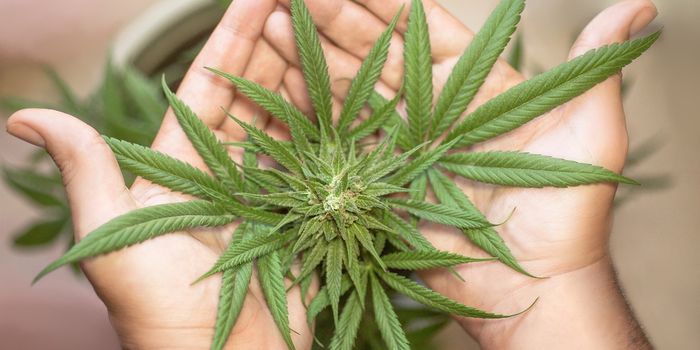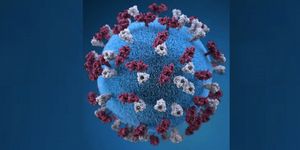What We Have to Gain: New Research on the Molecules of THC
Cannabis has a longstanding history and notoriety for its multi-faceted economic and medicinal uses. Hemp has historically been grown worldwide, with a prohibition on cultivating cannabis even recorded during the 13th century in Arabia, and in the 18th century, it was recognized for its industrial services. With over 100 known cannabinoids, it is D9-tetrahydrocannabinol (THC) and Cannabidiol that gets the most attention.
Both cause different pharmaceutical effects but are also therapeutic, with anti-inflammatory and pain-relieving qualities. The effect has been shown to help alleviate symptoms associated with Alzheimer's, epilepsy, and cancer (as well as the side effects of cancer treatment). However, there is little understanding of THC at a molecular level.
Researchers at EMBL Grenoble, a structural biology research laboratory based in France, have begun to delve into the proteins THC binds to efficiently. Their study shows inhibition of a critical human enzyme: autotaxin. Researchers used crystallographic data to determine THC's structure when bound with autotaxin, which is responsible for lysophosphatidic acid (LPA), a significant signaling axis for processes linked to neuronal development, neuropathy, and many immuno-mediated illnesses.
Studies done on glaucoma patients have shown they have higher levels of LPA which can be reduced with an inhibitor. By obtaining an understanding of the three-dimensional structure of THC and then applying macromolecular crystallography, they could efficiently observe the inhibition of the enzyme.
When measuring the molecular structure and interaction with variable compounds, it is best to do it both in vitro and in vivo, which means in a controlled laboratory setting and with living organisms. Understanding the structure of the molecules is pivotal in developing newer, better pain-relieving drugs. These studies are necessary because mediating the psychoactive and pain-relieving cellular functions can help determine the potential cannabinoids that can be used for other medical research.
With a plant so rich in history and a nickname as the plant with a thousand and one molecules, it has become a popular plant for medicinal, recreational, and industrial use. It has been the source of fibers for fabric and clothing production, wood for building, ropes, and bioplastics, and is even known for being extremely anti-bacterial. Now, with legal recreation, dispensaries are everywhere where it's been voted for in the United States. Various strains are available for different purposes, with both psychoactive and non-psychoactive properties.
Efforts to bioengineer and efficiently cultivate cannabis for the masses, curate new molecules for specific therapeutic uses, and even products such as pest control continue. While the medicinal qualities are not entirely known and require further research, EMBL Grenoble researchers have shown evidence of inhibited LPA levels with marijuana compounds.
Cannabis is a versatile plant that has provided products across time and cultural landscapes, and our increasing knowledge of the molecular structure of this plant could lead to the discovery of potentially lifesaving therapies.
Sources: Google Books, Eurekalert, EMBL, Life Science Alliance, ScienceDirect, PubMed, Frontiers, Springer








